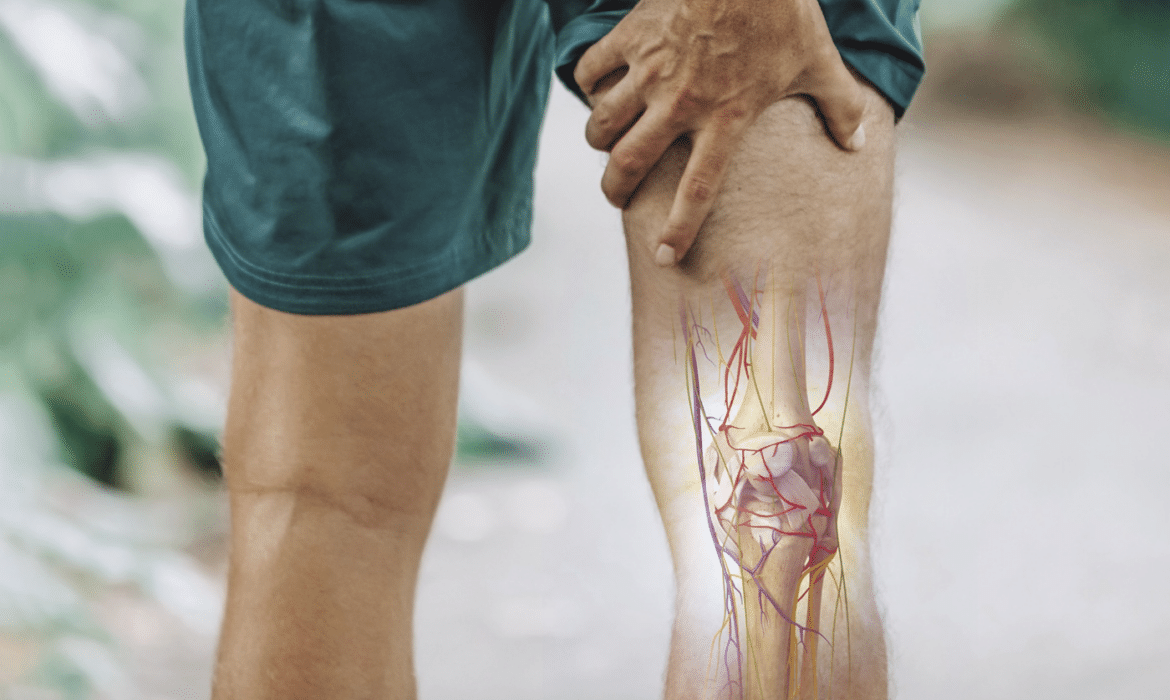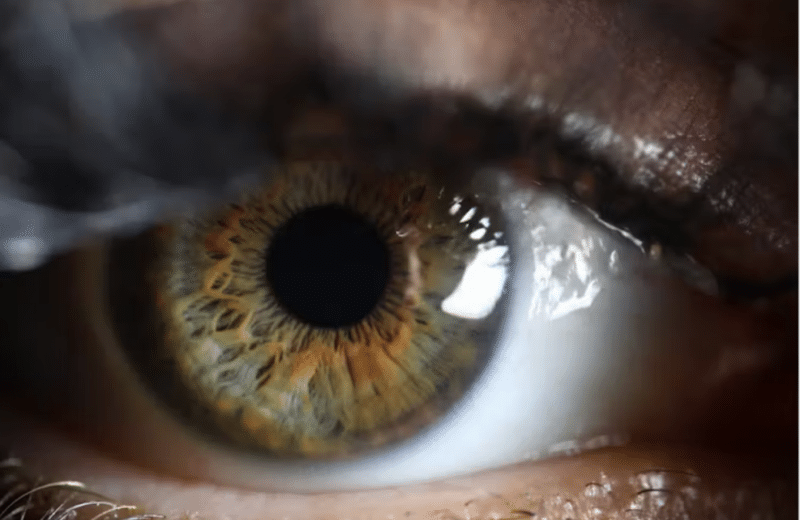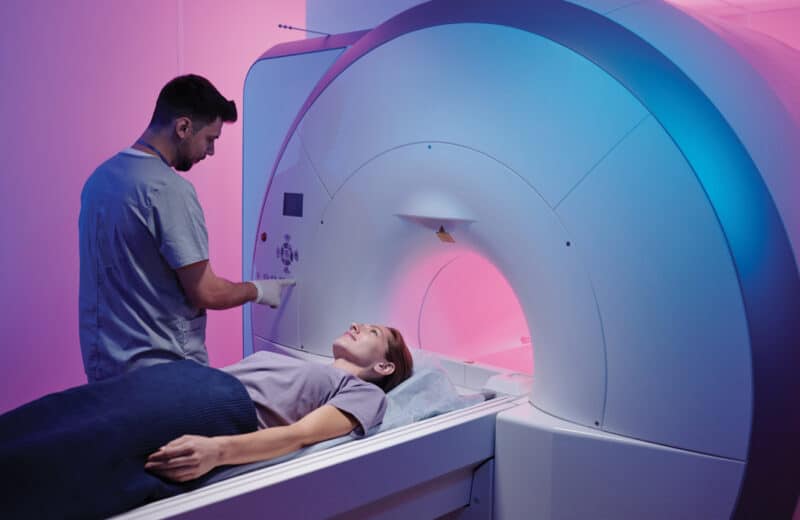How your legs’ health affects your heart — and vice versa
Count to 40.
In the time it took you to do that, someone in the U.S. had a heart attack. It happens every 40 seconds, according to the Centers for Disease Control and Prevention. And while most people recognize arm pain as a common heart attack symptom, legs can reveal secrets about what’s happening in the heart, too.
In fact, pain in our lowest limbs can be a sign of heart disease. About 6.5 million people over age 40 in the U.S. have peripheral artery disease (PAD), which involves narrowing of the blood vessels that carry blood from the heart to the legs. This happens due to plaque buildup in the arteries and keeps oxygen from reaching the legs, resulting in pain. Five percent of folks with PAD will have a heart attack within 30 months of diagnosis, per a 2019 study.
“Blood flow in the heart and legs are certainly connected,” says Sherazuddin Qureshi, MD, vascular surgeon at Northwestern Medicine Central DuPage Hospital. “The heart is what drives our circulation through the body. A healthy heart is the first step in ensuring good blood to our organs, arms, and legs.”
If you have a problem in one circulation area of your body, you’re four to five times more likely to have problems in another area, including the legs, says Pratik Parikh, MD, interventional cardiologist at the Midwest Cardiovascular Institute in Elmhurst. “When [people] have blockages in the heart, they probably have blockages in legs too, and vice versa,” he says.
Leg-heart link
Symptoms of circulation issues in the legs include pain when walking, heaviness, discoloration of the skin, open wounds, hair loss, and swelling — all concentrated in the legs. These symptoms are a sign that your heart may be suffering, too.
“Often, leg pain with walking may be the only indication of underlying heart disease,” Qureshi says. “Patients who have early fatigue or tiredness in their legs with walking or exercise may have peripheral arterial disease. This is commonly caused by hardening of the arteries. Our circulatory system is connected, and so if this process is happening in the legs, it could be happening in the heart.”
All sorts of health issues prove how interconnected our circulatory system is.
“A healthy heart is the first step in ensuring good blood to our organs, arms, and legs.”
When Angelica Kidd, a Hillside retiree with an enlarged heart, had trouble with veins in her legs — including spasms and protruding veins — her cardiologist referred her to specialists at the Midwest Cardiovascular Institute. Their tests revealed that she had leaky veins, which happens when the vein valves let blood pass back through, and it pools in the legs instead of continuing its upward trajectory.
Following a 20-minute procedure, Kidd says her leg returned to normal, and even resembled “my 30-year-old self. It was a major, major difference, and I don’t have the spasms I once had.”
Technology has come a long way, even in recent years. Though new research and advanced tools such as better balloon stents and shock wave technology have improved these numbers, Parikh advises caution.
“The epidemic of amputation because of circulation issues and people needing to have their legs cut off is quite bad in certain communities, so we look for blockages everywhere,” he says. “If we see blockages in the legs, then we look in the heart.”
Prevent, prevent, prevent
The truly important thing, Parikh says, is prevention: Be proactive — don’t wait until it’s too late.
“Get your cholesterol and blood pressure under control, and if you have blockages in one area, get the others checked by getting an appropriate referral,” he says.
Plus, one of the best ways to keep your cardiovascular system healthy is absolutely free: aerobic activity.
“Walking is not only the easiest treatment for the heart and the legs but is also the one of the best,” Qureshi says. Even a 20-minute walk daily helps the entire body, staving off diabetes and high blood pressure.
“For patients with PAD, walking stimulates your body to create new blood vessels over time to overcome the diseased vessels that are preventing blood from getting to your legs. The pain patients may experience shouldn’t discourage them from walking,” Qureshi says. “The more patients walk, the easier it gets. That’s new blood flow.”
Ample activity, a balanced diet, tobacco avoidance, and blood pressure and glucose control work wonders. “Of course, this can be hard to achieve,” Qureshi says. “If that is the case, establishing care with a vascular specialist can be really beneficial. Vascular surgeons are uniquely trained to not only recommend surgery when needed, but also help primary care physicians follow and medically manage patients.”
Kidd urges people experiencing symptoms to find a specialist right away, rather than relying on a primary care doctor. Had she been referred to a specialist sooner, “I could have felt this relief three years ago and not just said ‘it’s a part of aging,’” she says. “Of course, some things are a part of aging. But if you can get the fix, get the fix.”
And keep those legs moving for better heart health going forward.
Originally published in the Spring/Summer 2023 print issue.













